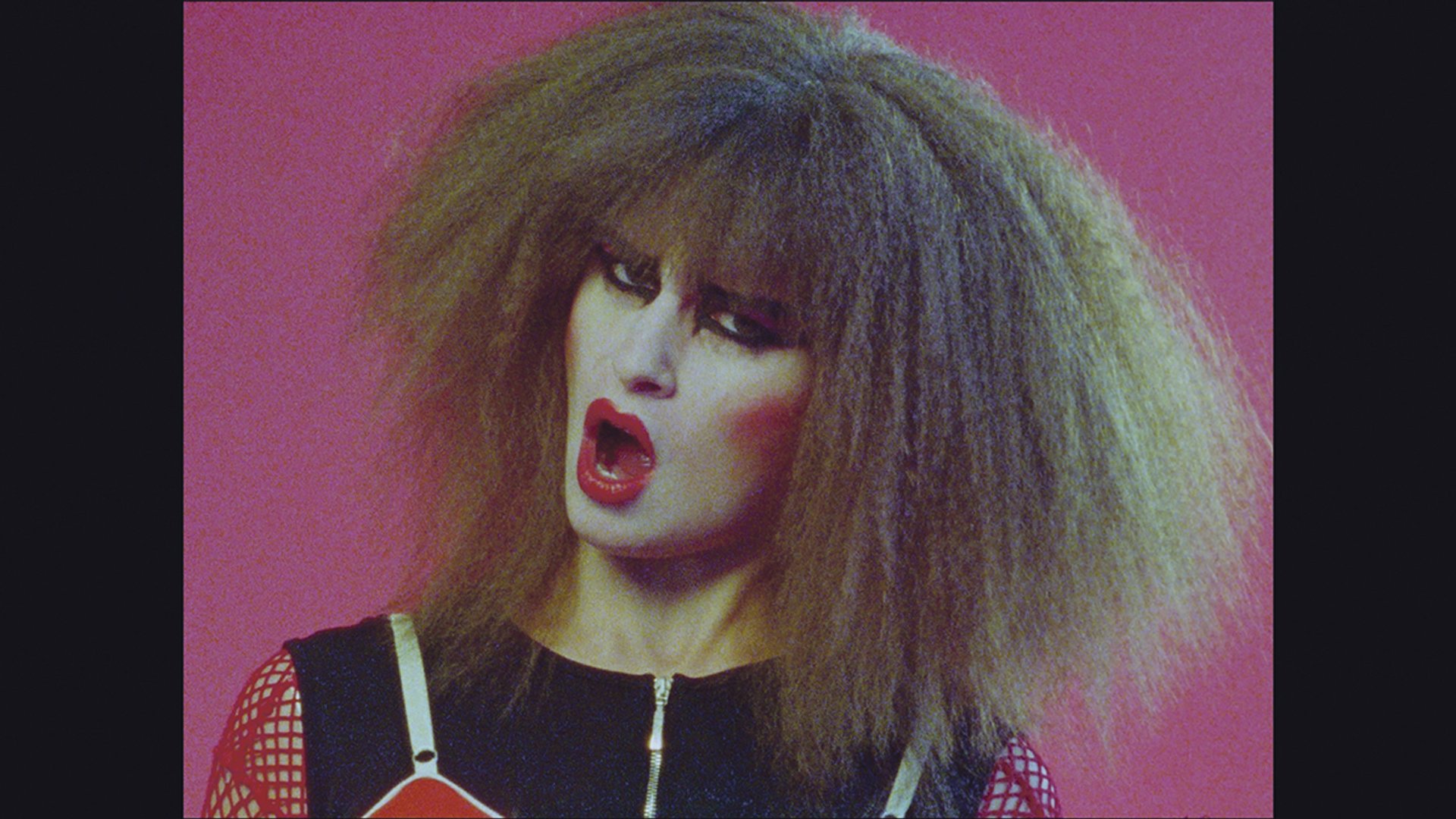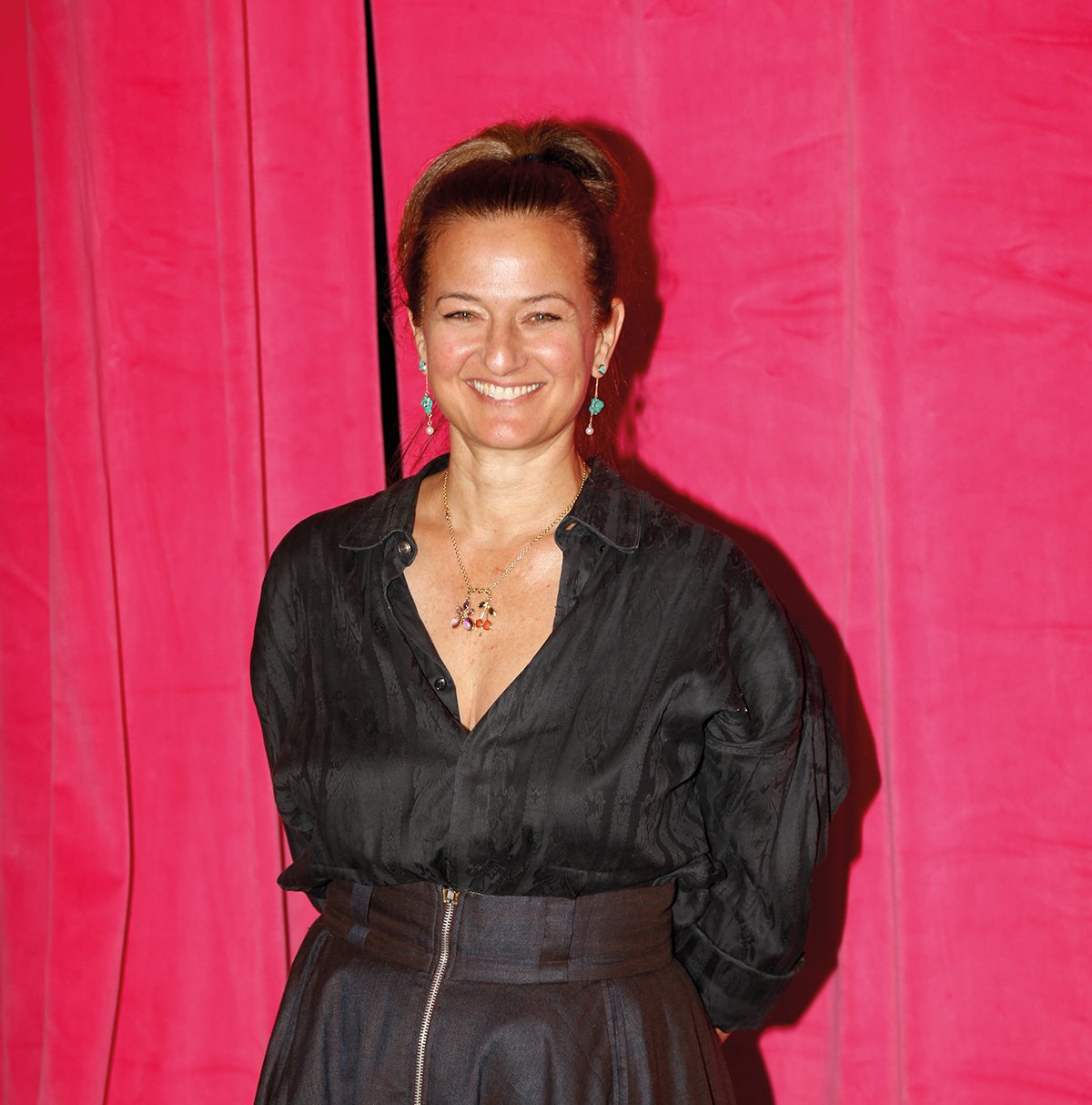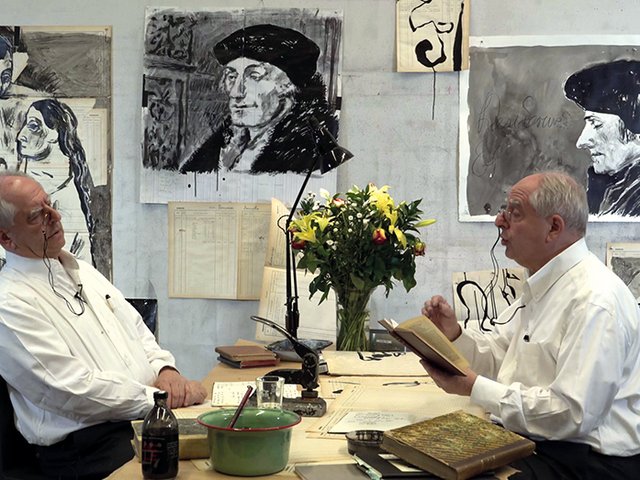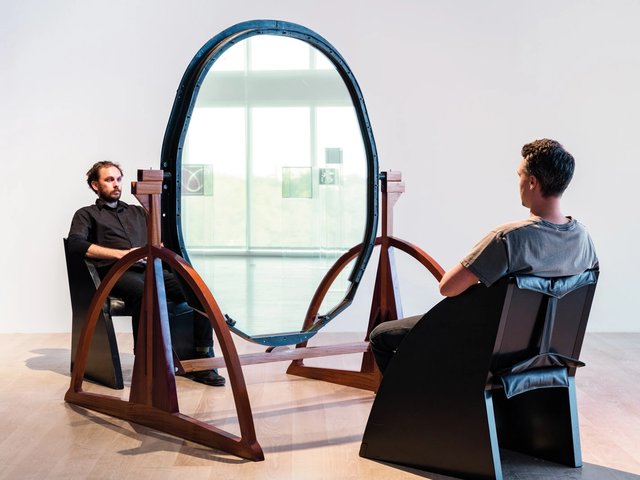The German-born, Miami-based artist Dara Friedman, whose first mid-career survey, Perfect Stranger, is on now at the Pérez Art Museum Miami (until 4 March), combines painstaking production methods with the raw heat of emotion in her works. Dancer (2011), for example, shot on 16mm black and white film, is a weightless celebration of the grace and character of the human body, tracking around 60 dancers, who variously amble across the streets and structures of Miami.
Friedman was born in Bad Kreuznach, Germany. Her education took her from Vassar College in Poughkeepsie, New York to the Städelschule in Frankfurt, where she studied with the Structuralist film-maker Peter Kubelka. From Frankfurt she moved to London and, finally, to Miami. When asked whether the genesis of a film starts with something visual, Friedman answers: “No, the works always start from a feeling.”
The Art Newspaper: Tell us about your background. How did you get to Miami?
Dara Friedman: I am what you might call a Besatzungskind—a child of occupied Germany. My dad was a Jewish doctor in the US army, and he was stationed in Germany. He did what the victor does, which is marry the prettiest girl in town. My mother is an artist—she is a painter and does large earth works—and she came from a family of artists. I was born in Germany, but we always went back and forth between there and south Florida. My mother kept her family home and we still have it. We came to Florida because my dad’s parents were from Brooklyn and, of course, they retired in south Florida.
I met my husband [the artist Mark Handforth] at the Städelschule in Frankfurt while we were students there. He is from London and we finished up our studies there at the Slade School of Fine Art. It was not in my nature to be so cold and poor as we were in London, so I suggested that we come to Miami. It was that tricky period of transition from being a student to working professionally, and it made sense to do that here in Miami. It was very inexpensive.
Did you experiment with other media before film?
I come to film from dance. I grew up dancing, with ballet training. I was never particularly good, but I did perform on stage a lot. Entering the theatre and being on the stage, with the lights shining in your eyes, this sort of became the place of the studio for me, the place of the mind—this cave, a place to be and think, which was very public and yet surrounded by darkness. My mother’s sister, who was a dancer in the Düsseldorf Ballet, took me very early on to the dress rehearsals that happen in the middle of the day. It was a great place to be.
You studied with Peter Kubelka, and people often describe your work as Structuralist. Do you see it that way?
My film-making is unusual. It’s not narrative, it’s not documentary. I’m not an artist who also makes films, I’m an artist who is a film-maker. That’s where the Structuralist film explanation comes in. Perhaps we don’t have another word for film-making that functions as poetry. It’s a sort of training that is very much about film-making, but not in the traditional storytelling mode of Hollywood. I don’t know how else to prepare the viewer’s receptors to engage with the work, other than by explaining that, so I’m creating a set of expectations that I can fulfil.
Were you ever interested in narrative film?
I tried to write stories, but failed. Where I grew up, in the dance studio and on the beaches of south Florida, it was a non-verbal place. People communicated really physically, they communicated through seeing and being seen. It’s not that nobody had anything to say, it’s just that words were not really used to communicate. You didn’t have to talk, so I didn’t know how to do that. That seemed to be just one aspect of film-making, but it didn’t seem to be the only aspect.
Do you recall your first film?
In a summer film course at Vassar, I made a short film about a woman who shaves her armpit hair. The armpit hair falls to the floor, and then I animated it—it crawls up her leg and finally settles itself on her face as a beard.
But wasn’t that technically sophisticated? Does it hint at what you would do later?
I thought I would go for broke. So, yeah, going for broke, going all in. Punching above your weight in terms of technical knowhow and ambition.

Image from Dara Friedman’s four-channel video installation Dichter (2017) Dara Friedman, courtesy of the artist and Supportico Lopez, Berlin
Who is your ideal viewer?
Someone who will commit to the experience, who will simply be there, and not want to be elsewhere, for just a brief moment. I think it’s incredibly important to turn up and physically be there and see the work. You have to allow your person to intermingle with the work and get mixed up with it.
Do you find comfort in being behind the camera?
I love to be behind the camera because of the frame, the perimeter of the frame, and the tension of seeing the image between these verticals and horizontals. Not to be macabre, but every gunman knows this excitement of seeing something through a lens. It’s probably a terrible image for now, but you’re looking down a barrel and it really is an extension of the eye. There’s something that happens when you look down a tube like that, there’s an intense psychological focus that happens. It’s wonderful.
A career survey can be illuminating for us, the viewer. But what does it do for you?
It gives you the confidence of continuity. It’s really hard to start something but very difficult to stop it. There’s a buoyancy to this moment. It’s really energising. Normally, when I start a new work it’s like pushing a big ship that is docked. It takes so much effort. And here all the ships are floating along, and there’s a lot of grace and flow to it.




